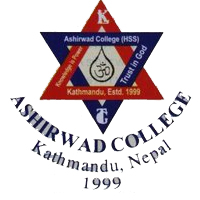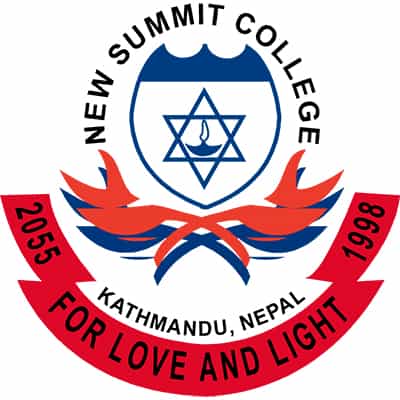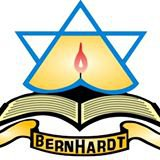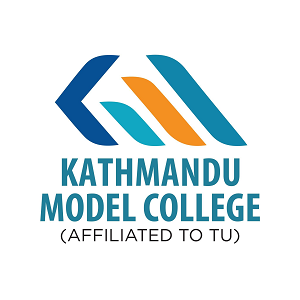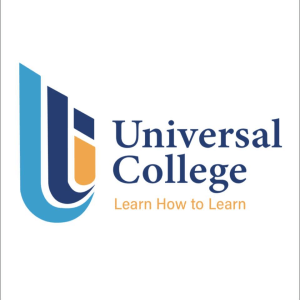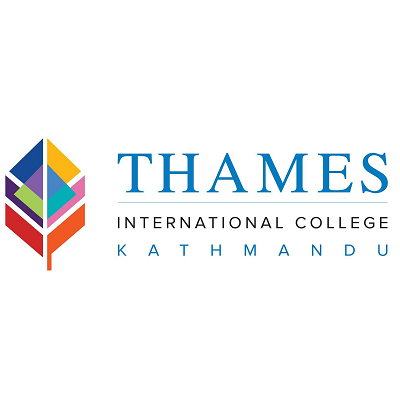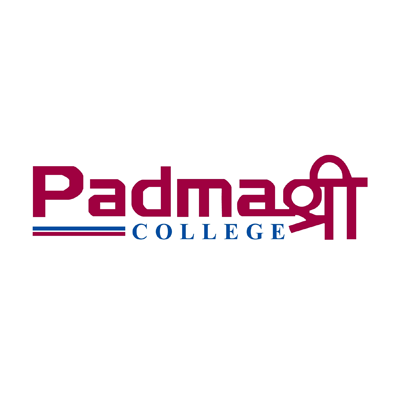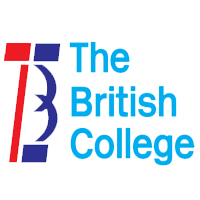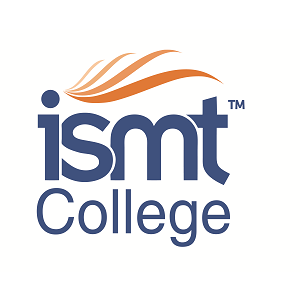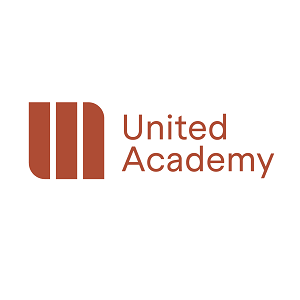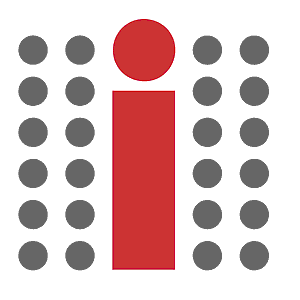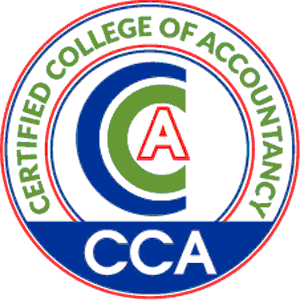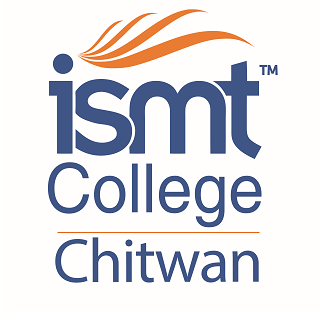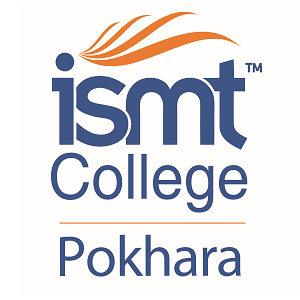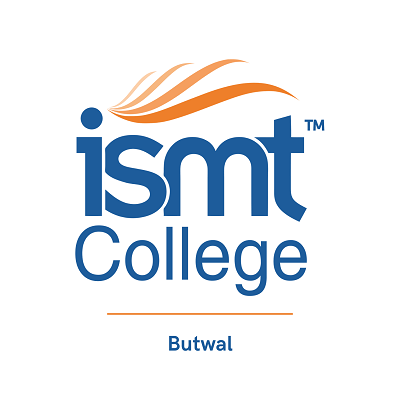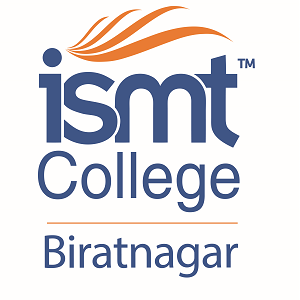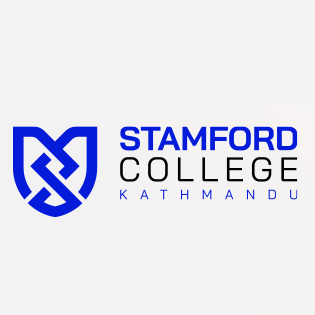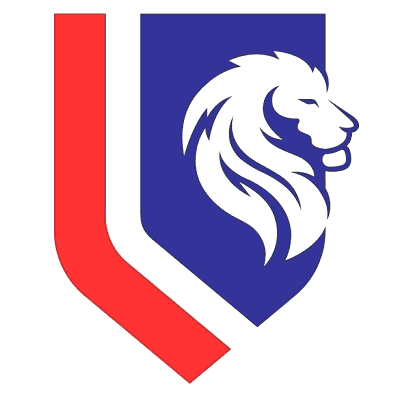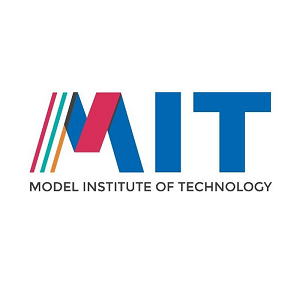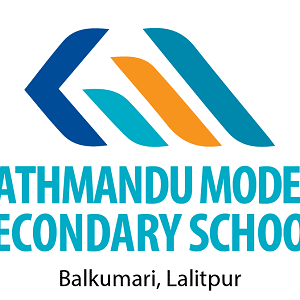Overview
Bachelor of Business Management (BBM), NIST Higher Education, Lainchour, Kathmandu
Bachelor of Business Management (BBM) at NIST Higher Education, Lainchaur, Kathmandu, operates under Tribhuvan University, Faculty of Management (FoM). The course supports students who aim for structured learning in management, accounting, finance, marketing, operations, and human resource practice.
FoM sets the BBM syllabus and credit rules, and NIST conducts teaching and internal evaluation on campus. Admission uses the Central Management Admission Test (CMAT) conducted by FoM. Students progress through eight semesters that combine tool courses, foundation subjects, focus areas, and electives.
Highlights
Program: BBM (Eight semesters; 120 credits)
Affiliation: Tribhuvan University (FoM)
Campus Location: Lainchaur, Kathmandu
Entrance: CMAT by FoM; interview and selection as per merit list
Delivery: Classroom sessions, case work, project tasks, presentations, and TU examinations
Student Focus: Practical business skills, quantitative methods, and communication for entry-level roles
Curriculum Details
BBM carries 120 credits across eight semesters. The course groups build a balanced profile that mixes analytical work with communication and teamwork.
Course groups:
-
Business Tool courses: quantitative methods, information systems basics, and research fundamentals
-
Business Foundation courses: accounting, finance, economics, organizational behavior, and business communication
-
Focus Area courses: advanced topics that refine sector interest, such as finance, marketing, or operations
-
Elective courses: targeted exposure to industry-relevant topics that support internships or projects
Each semester follows a routine of internal tasks and the university examination. Classroom delivery uses examples drawn from Nepali firms and public data so you can connect theory to local contexts. Group projects encourage planning, documentation, and presentation within fixed timelines.
Objectives
Academic: Build clarity in core management subjects through a steady eight-semester path.
Analytical: Encourage evidence-based problem solving through quantitative tools and case analysis.
Professional: Improve writing, presentation, teamwork, and meeting discipline across classroom activities.
Progression: Prepare students for entry-level roles in banking, manufacturing, services, and development projects, and for higher study in management.
Scope
Graduates enter banking and microfinance, trading and distribution, FMCG, hospitality, healthcare administration, and logistics. Many students aim for management trainee programs that value steady academic records, punctuality, and clear writing. Kathmandu employers often ask for spreadsheet skills, basic accounting knowledge, and a habit of meeting deadlines—skills that the BBM structure reinforces.
Learning Outcomes
On completing the program, students should be able to:
-
Read and discuss financial statements with a focus on decision points
-
Use quantitative tools to support forecasts and simple optimizations
-
Document findings in concise reports and present to a small audience
-
Contribute to team projects that meet scope, time, and quality checks
-
Follow ethical practice in data handling and source acknowledgment
Skill Development Modules
Quantitative Methods: statistics, spreadsheet modeling, and decision tools
Accounting and Finance: book-keeping refreshers, financial analysis, and budgeting practice
Marketing and Sales Support: market mapping, basic research, and content planning
HR and Operations: role descriptions, attendance records, roster plans, and process flow maps
Communication: business writing, slide preparation, and structured presentations
Project/Internship: field exposure, report writing, and viva as prescribed by FoM
Teaching Methodology
The campus follows FoM’s semester rhythm and uses a routine that keeps internal evaluation predictable. Faculty assign case discussions, role plays, and short write-ups that train you to think clearly under time limits. Assessment includes quizzes, mid-terms, practical records, and the final university examination.
Assessment mix:
-
Internal: quizzes, assignments, class participation, and presentations
-
University: semester examinations as per FoM schedule
-
Capstone: internship or project with report and viva where applicable
Admission Requirements
Minimum Qualification: 10+2/PCL or equivalent from a recognized board.
Grade Thresholds: At least D+ in each subject with CGPA 1.80 or more, or second division in legacy systems (follow the intake year notice for the final rule).
Entrance: CMAT by FoM with four sections—Verbal Ability, Quantitative Ability, Logical Reasoning, and General Awareness; objective questions totaling 100 marks; minimum 40% to qualify for interview.
Documents: Application form, recent photographs, academic transcripts/mark sheets, character and migration certificates, identity document, and CMAT proof.
Process overview:
-
CMAT Registration: Submit the online application by the deadline.
-
Entrance and Score: Sit for CMAT and keep your score sheet.
-
Merit and Interview: Attend the interview if shortlisted.
-
Admission: Complete formalities at the campus within the stated timeline.
Career Opportunities
Entry roles:
-
Management Trainee/Associate
-
Banking/Finance Assistant
-
Sales and Marketing Coordinator
-
HR/Admin Coordinator
-
Operations and Supply-chain Assistant
-
Project Assistant in NGOs/INGOs
Growth paths:
-
Specialization through certifications in accounting, data analysis, or marketing
-
Preparation for public-sector examinations that accept business graduates
-
Higher study in MBA/MBM or sector-specific master’s programs
Scholarships and Financial Aid
Merit Notices: Some sessions publish fee-related support for top performers.
Performance Awards: Semester toppers may receive stated reductions where the college policy allows.
Need-Sensitive Options: Limited seats sometimes open for students who meet defined criteria.
Action Point: Verify the current roster of schemes at the admission desk and keep proofs ready.
Why Choose This Course?
Clear Structure: 120 credits over eight semesters let you plan study time and internship windows.
Transparent Entry: CMAT is uniform across FoM colleges, which keeps the selection process comparable.
Practical Focus: Tool courses, case tasks, and presentation work strengthen workplace habits.
City Network: Lainchaur’s location provides access to employers, events, and public libraries for self-study.
Conclusion
BBM at NIST Higher Education follows Tribhuvan University standards and keeps learning steady through a credit map that values clarity, discipline, and communication. Students move from foundations to project or internship work while building a record of punctual submissions and honest academic practice. Families can use the semester rhythm and assessment pattern to plan study support and resources.
FAQ
Q1. How many credits does BBM include?
120 credits across eight semesters.
Q2. Is CMAT compulsory?
Yes. FoM conducts CMAT for BBM admission.
Q3. What documents should I prepare for admission?
Transcripts, character and migration certificates, identity proof, photographs, and CMAT proof.
Q4. What are the main course groups?
Business Tool, Business Foundation, Focus Area, and Electives.
Q5. What entry roles do graduates target?
Management trainee, banking/finance assistant, sales and marketing coordinator, HR/admin coordinator, operations support, and project assistant.


